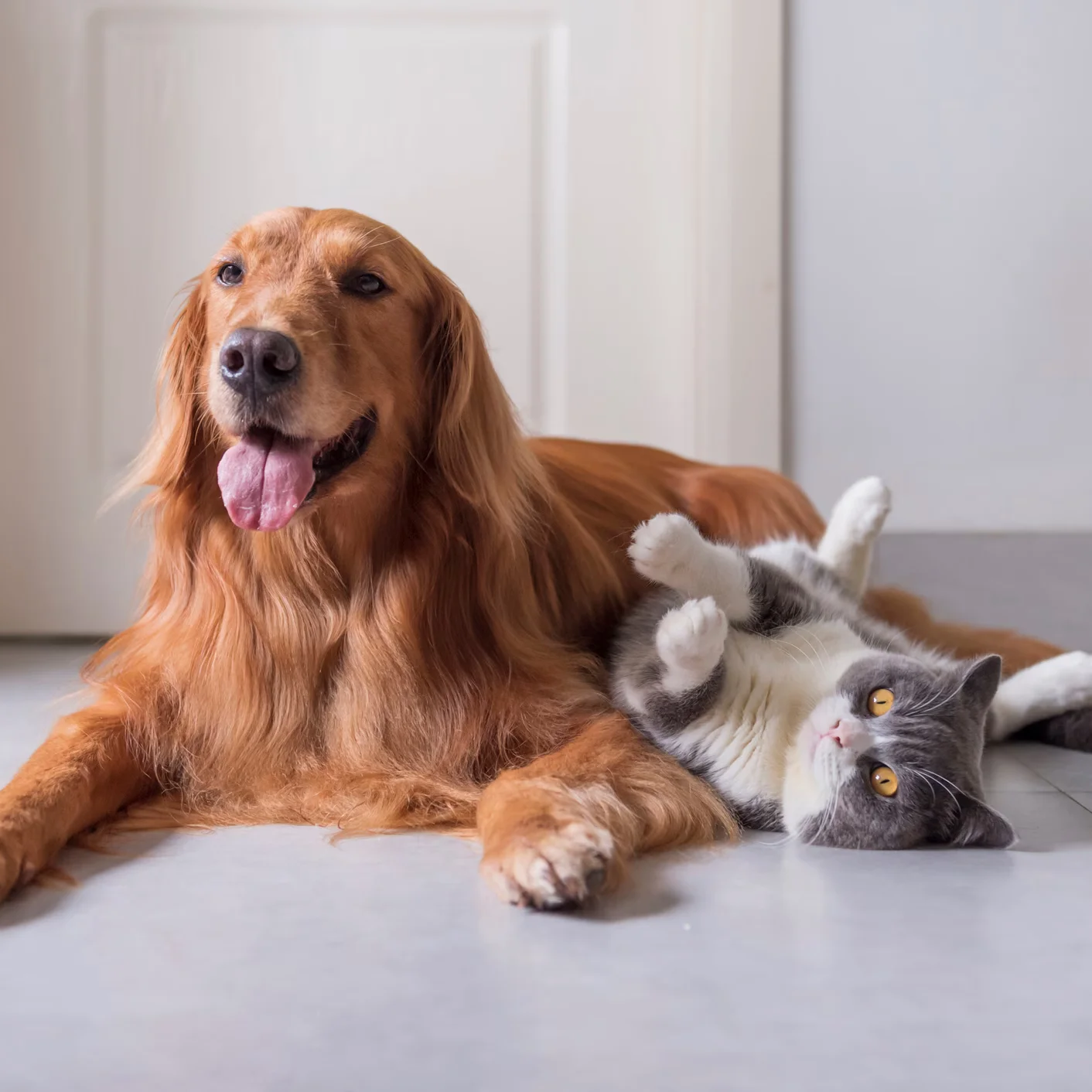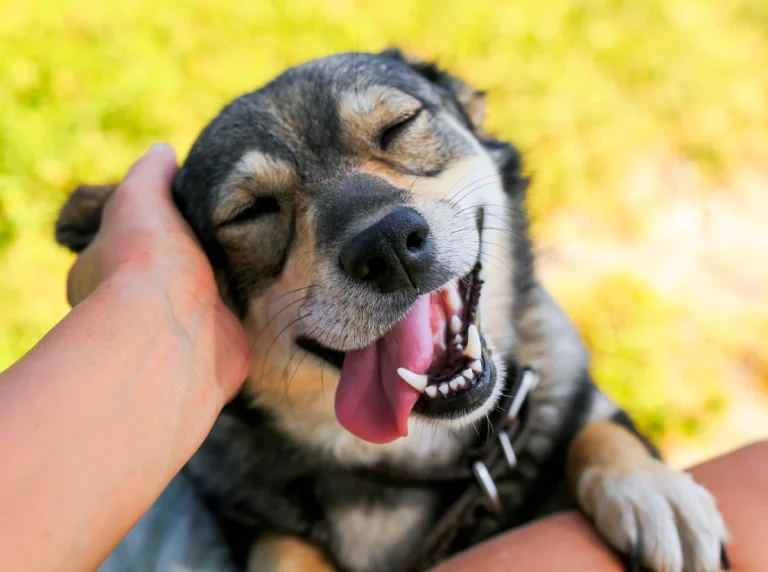Introduction to Pet Well-being : Nutrition, Exercise, Mental Health
3 Pillars for Pet Well-being: Welcome to our blog, where we delve into the world of pet well-being! As pet owners, we understand that our furry friends are not just pets—they are beloved members of our family. And just like any family member, their health and happiness is a top priority.
In this article, we will explore the three pillars for ensuring your pet’s overall well-being: nutrition, exercise, and mental health. These key areas play a crucial role in maintaining a healthy and fulfilling life for your four-legged companion.
So grab a cup of tea (or perhaps a bowl of kibble) and join us as we dive into the essential elements that contribute to your pet’s optimal health. Let’s get started!
Table of Contents
The Importance of Nutrition for Pets
Proper nutrition is essential for the overall well-being of our furry friends. Just like humans, pets require a balanced diet to stay healthy and active. A nutritious diet provides them with the necessary vitamins, minerals, and nutrients to support their growth, maintain a strong immune system, and prevent various health issues.
Feeding your pet high-quality food is crucial. Look for brands that use real ingredients without any artificial additives or fillers. Reading labels can help you make informed choices about what goes into your pet’s bowl.
Each pet has unique dietary needs based on factors such as age, breed, size, and activity level. Consult with your veterinarian to determine the right balance of proteins, carbohydrates, fats, and fiber for your furry friend.
Variety is also important when it comes to pet nutrition. Offering different types of proteins (such as chicken or fish) not only keeps meals interesting but also ensures a range of essential amino acids.
In addition to providing proper nutrition through their regular meals, consider incorporating healthy treats into their routine. These can be used as rewards during training sessions or simply as an occasional snack.
Remember that maintaining optimal nutrition isn’t just about what goes into their bowls — it’s also about portion control. Overfeeding can lead to weight gain and related health problems in pets.
By prioritizing good nutrition for our beloved pets through high-quality food choices and appropriate portion sizes tailored to their individual needs will go a long way in promoting their overall well-being!
How to Create a Balanced Diet for Your Pet
When it comes to our pets, nutrition plays a vital role in their overall well-being. Just like humans, animals require a balanced diet to thrive and stay healthy. But how do we ensure that our furry friends are getting the nutrients they need? Here are some tips on how to create a balanced diet for your pet.
Consult with your veterinarian to determine the specific dietary needs of your pet. Factors such as age, breed, activity level, and any existing health conditions should be taken into consideration. Based on this information, you can choose the right type of food for your pet – whether it’s dry kibble or wet food.
Next, read the labels carefully when selecting pet food. Look for high-quality ingredients such as real meat (chicken, beef) as the main source of protein. Avoid products that contain fillers or artificial additives.
It’s also important to provide variety in your pet’s diet. This means incorporating different types of proteins (meat/fish), carbohydrates (whole grains/vegetables), and fats into their meals. Rotate between different flavors and brands to prevent boredom and ensure they receive a wide range of nutrients.
Additionally, consider supplementing your pet’s diet with vitamins or minerals if needed. Again, consult with your vet before making any decisions regarding supplements.
Portion control is key! Overfeeding can lead to obesity and other health issues in pets. Follow feeding guidelines provided by the manufacturer based on weight and size recommendations.
By following these guidelines and providing a balanced diet tailored specifically for your furry friend’s needs, you’re taking an essential step towards ensuring their optimal health and happiness!
The Role of Exercise in Pet Health
Exercise plays a crucial role in maintaining the overall health and well-being of our furry friends. Just like humans, pets need regular physical activity to stay fit and healthy. But why is exercise so important for our pets? Let’s explore.
Exercise helps pets maintain a healthy weight. Regular physical activity burns calories and prevents obesity, which can lead to various health issues such as diabetes, joint problems, and heart disease.
Exercise keeps their muscles strong and flexible. It promotes proper muscle development and improves their overall strength and agility. This is particularly important for athletic breeds or working dogs who rely on their physical abilities.
Furthermore, exercise stimulates both mental and emotional well-being in pets. It provides an outlet for pent-up energy and reduces stress levels. Engaging in activities like fetch or going for walks allows them to explore new environments, socialize with other animals or humans, which contributes positively to their mental health.
Additionally, regular exercise strengthens the bond between pet parents/caregivers and their furry companions. Spending quality time playing together creates a sense of trust, encourages positive behavior reinforcement while reinforcing the human-animal connection.
So how much exercise does your pet need? The amount varies depending on factors such as age, breed type/size/energy level but as a general guideline aim for at least 30 minutes to an hour of moderate-intensity activity daily (split into multiple sessions).
There are numerous ways you can keep your pet active – from daily walks/jogs/runs around the block to interactive playtime with toys like puzzle feeders or laser pointers; these activities provide both physical exertion along with mental stimulation.
Lastly but equally important – always consider your pet’s individual needs when it comes to exercising them! Consult with your veterinarian about any limitations they might have due to specific health conditions that could affect certain types of exercises they engage in!
Remember that providing adequate opportunities for exercise not only benefits your pet’s physical health but also contributes to their overall happiness and well-being. So get
Fun and Creative Ways to Keep Your Pet Active
Keeping our pets active is crucial for their overall health and well-being. It helps them burn off excess energy, maintain a healthy weight, and prevents boredom. But how can we make exercise fun and engaging for our furry friends? Here are some creative ways to keep your pet active:
- Interactive toys: Invest in interactive toys that stimulate your pet’s mind while encouraging physical activity. Puzzle feeders or treat-dispensing toys can keep them entertained for hours as they work to get their reward.
- Hide-and-seek: Play a game of hide-and-seek with your pet by hiding treats around the house or yard. This not only gets them moving but also engages their sense of smell, providing mental stimulation.
- Agility training: Set up an agility course in your backyard using objects like hula hoops, cones, and tunnels. Teach your dog to navigate through the obstacles, boosting their coordination and endurance.
- Swimming sessions: If you have access to a pool or safe body of water, swimming is an excellent low-impact exercise for dogs. Not only does it provide cardiovascular benefits but also cools them down on hot days.
- Nature hikes: Take your dog on nature hikes where they can explore new scents and sights while getting plenty of exercise along the way. Remember to bring water for both you and your furry companion!
6.Routine playtime: Incorporate regular playtime into your daily routine—whether it’s throwing a ball at the park or playing tug-of-war indoors—it allows pets to release pent-up energy while strengthening bonds with their owners.
Remember that each pet has different needs when it comes to exercise levels, so adjust activities based on age, breed, and any underlying health conditions they may have.
Mental Health and Its Impact on Pets
Just like humans, pets can experience mental health challenges that greatly impact their overall well-being. While it may be easy to overlook their emotional state, neglecting your pet’s mental health can lead to serious consequences.
Pets rely on us for love, attention, and a sense of security. When they don’t receive these crucial elements in their lives, they can develop anxiety or depression. Signs of poor mental health in pets may include excessive barking or meowing, aggression towards others or themselves, changes in appetite or sleep patterns, and withdrawal from social interaction.
To maintain good mental health in your furry friend, it’s important to provide them with a stimulating environment filled with love and companionship. Regular playtime sessions and interactive toys can help keep their minds engaged and prevent boredom.
Additionally, establishing routines can give your pet a sense of stability and security. Consistent feeding times, exercise schedules, and designated spaces for relaxation are all essential components of promoting good mental health.
Remember that every animal is unique and may require different strategies to support their mental well-being. If you notice any concerning behaviors or suspect your pet may be struggling emotionally, consult with a veterinarian who specializes in behavioral issues.
By prioritizing the mental health of our beloved pets alongside nutrition and exercise needs, we are embracing a holistic approach to ensuring their overall well-being.
Tips for Maintaining Good Mental Health in Pets:
Just like humans, pets can also experience mental health issues. It’s important for pet owners to be proactive in maintaining their furry friends’ mental well-being. Here are some tips to help you keep your pet mentally healthy.
- Provide a stimulating environment: Pets need mental stimulation to prevent boredom and anxiety. Make sure they have plenty of toys, scratching posts, and interactive puzzles that challenge their minds.
- Stick to a routine: Establishing a daily routine can provide stability and reduce stress for your pet. Regular feeding times, exercise sessions, and playtime will give them something to look forward to each day.
- Socialize your pet: Dogs especially thrive on social interaction with other dogs and humans. Take them on regular walks or visits to the dog park so they can interact with others of their kind.
- Engage in training sessions: Training not only teaches your pet good manners but also stimulates their brain and builds confidence. Teach them new tricks or enroll them in obedience classes.
- Offer comfort during stressful situations: Loud noises, thunderstorms, or fireworks can cause anxiety in pets. Create a safe space where they can retreat when feeling scared or stressed, such as a designated corner with blankets or cushions.
6.Exercise regularly: Physical activity is not just essential for physical health but also plays an important role in promoting mental well-being for pets too!
Conclusion: 3 Pillars for Pet Well-being
Ensuring the well-being of our beloved pets is a responsibility that should never be taken lightly. As pet owners, it is up to us to provide them with the best possible care and attention. By focusing on three key pillars – nutrition, exercise, and mental health – we can create a holistic approach that promotes their overall well-being.
Nutrition plays a vital role in keeping our pets healthy. Providing them with a balanced diet rich in essential nutrients ensures proper growth and development, strong immune systems, and optimal energy levels. It’s important to consult with veterinarians or animal nutritionists who can guide you in creating an appropriate meal plan tailored specifically for your pet’s needs.
Exercise is another crucial aspect of maintaining good pet health. Regular physical activity helps prevent obesity, improves cardiovascular health, strengthens muscles and joints, and enhances mental stimulation. Whether it’s going for walks or engaging in playtime activities such as fetch or hide-and-seek, finding fun ways to keep your pet active will not only benefit their physical well-being but also strengthen the bond between you.
Just like humans, pets also experience emotions and need proper mental stimulation for their overall happiness. Maintaining good mental health involves providing them with opportunities for social interaction, environmental enrichment through toys or puzzles, positive reinforcement training methods rather than punishment-based techniques when teaching new behaviors.
In conclusion (without using “in conclusion”), by addressing these three pillars – nutrition, exercise, and mental health – we are taking a comprehensive approach towards promoting the well-being of our furry friends. Remember that each pet has unique needs based on factors such as breed type or age; therefore consulting professionals can help ensure you’re meeting these specific requirements.
Let’s prioritize our pets’ welfare by providing them with a balanced diet tailored to their nutritional needs while incorporating regular exercise routines into their daily lives. Additionally (instead of “finally” or “lastly”), let’s not forget the importance of their mental health, providing them with positive







